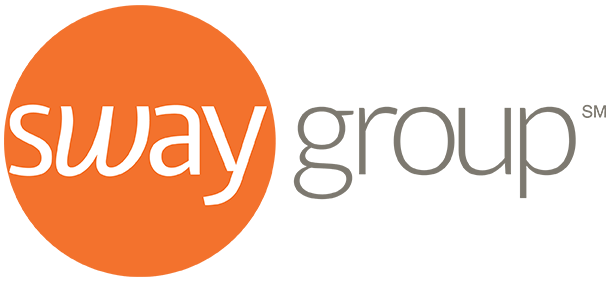In all the ongoing buzz around influencer marketing and its ever-growing appeal to brands of all kinds, there’s one topic that rarely gets mentioned: the importance of first-party authenticated data. Admittedly, data integrity and influencer marketing authentication isn’t quite as exciting as splashy brand/creator partnerships and stories of viral TikToks that empty retailer shelves. But without verified data, marketers can’t actually trust the metrics they’re getting from their influencer campaigns. Nor can they be certain whether the influencers they have partnered with actually have the audience demographics they claim.
Influencer Marketing Authentication: First-Party Data Changes Everything
Today’s brands have the opportunity to more accurately and effectively discover the right creators, analyze their campaign performance and make better decisions about their influencer marketing strategies — and it all starts with authentication.
Why Platform Authentication Matters for Influencer Marketing
In the past, brands had to rely on creators’ reporting of their own metrics, often via influencer-supplied platform screenshots. These basic metrics only touched the surface of what’s currently possible to analyze and limited brands from accessing analytics data directly from that platform.
Today, influencers can authenticate their profiles from many of the major social networks (Instagram, YouTube, Twitter, Facebook and Pinterest) via approved API partners for increased access to data. (TikTok also does this to a certain degree, if creators have joined the TikTok Creator Marketplace.)
Brands that engage in influencer marketing can now access analytics data directly from the platforms themselves, rather than being forced to rely on influencer-supplied reporting. This is known as first-party data: influencer data that is collected directly from the platform (even some metrics that are not displayed to followers), with direct consent from the influencer.
Authenticated data provides the campaign engagement metrics and audience demographics modern brands need to fine-tune outreach and prove ROI. Not only that, but it also ensures a deeper and more accurate understanding of a creator’s audience before a campaign even begins.
In other words, don’t waste another dollar on influencer-supplied reports or third-party guesses. The best way for brands to verify that their influencer investment is solid? Get direct access to the data that matters.
The Downsides of Bad Data
Influencers who permit data access to their accounts through authentication allow partnered agencies and services to pull metrics directly from the platforms themselves, as opposed to influencer-supplied reporting or third-party tools.
This is critical for all the reasons you might imagine, starting with ensuring that the influencers picked for a campaign are truly the right fit for the job.
Inaccurate influencer data is all too common right now, with unscrupulous practices that result in inflated creator metrics and badly extrapolated audience data. Without first-party data, brands can expect to encounter at least some of the following influencer marketing challenges:
- Not being able to count on an influencer’s stats or audience demographics.
- False geographic targeting.
- Having an incomplete picture of campaign performance.
- Inaccurate data that leads to inaccurate results.
- Not enough information to show full campaign ROI.
- Wasting time, resources and budget by relying on poor data.
How to Get First-Party Influencer Marketing Data
Marketers are in a much better position to measure creator campaigns when they have first-party platform data. Verified data for social media creators can include audience demographics, impressions, views, private engagements (such as post saves) and much more. However, this information is only useful to those who can access it.
There are plenty of third-party tools for evaluating social media influencers, but they are generally considered a poor alternative to platform authentication. Third-party tools rely on web scraping — an insecure, inaccurate and ineffective data collection method. Third-party tools are particularly cumbersome for larger campaigns since marketers end up needing to evaluate data across disconnected platforms.
Brands that demand accountability from their influencer spend should avoid any and all reporting metrics that rely on scraped data, influencer-supplied reports and extrapolated data based on best-guess practices.
Instead, choose to partner with authenticated influencers by using an influencer marketing platform service or agency that directly integrates with the APIs of social platforms. In this way, brands can access valuable influencer information in one place, with data that can be relied upon.
Platform authentication is the key to legitimizing the value of influencer marketing. Without the first-party API data that reveals reach, impressions, engagements and more, brands can’t be sure of their results.
In fact, without access to the data that matters, brands can’t be sure of anything. Influencer marketing without first-party metrics is like going back to throwing money against the wall. Instead of hoping that something sticks, be strategic by having the right kind of information in the first place.
This article was originally published on Forbes as a Forbes Agency Council post.

